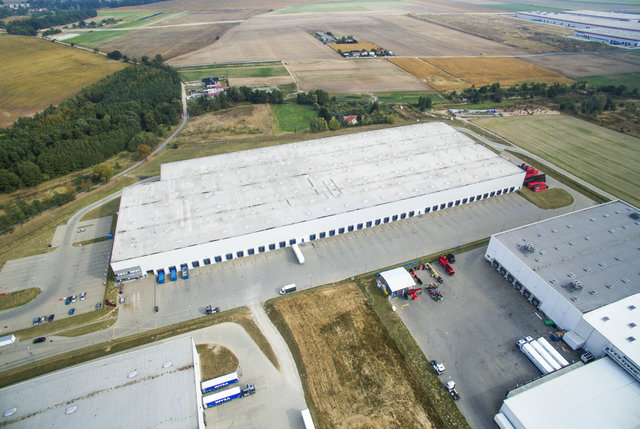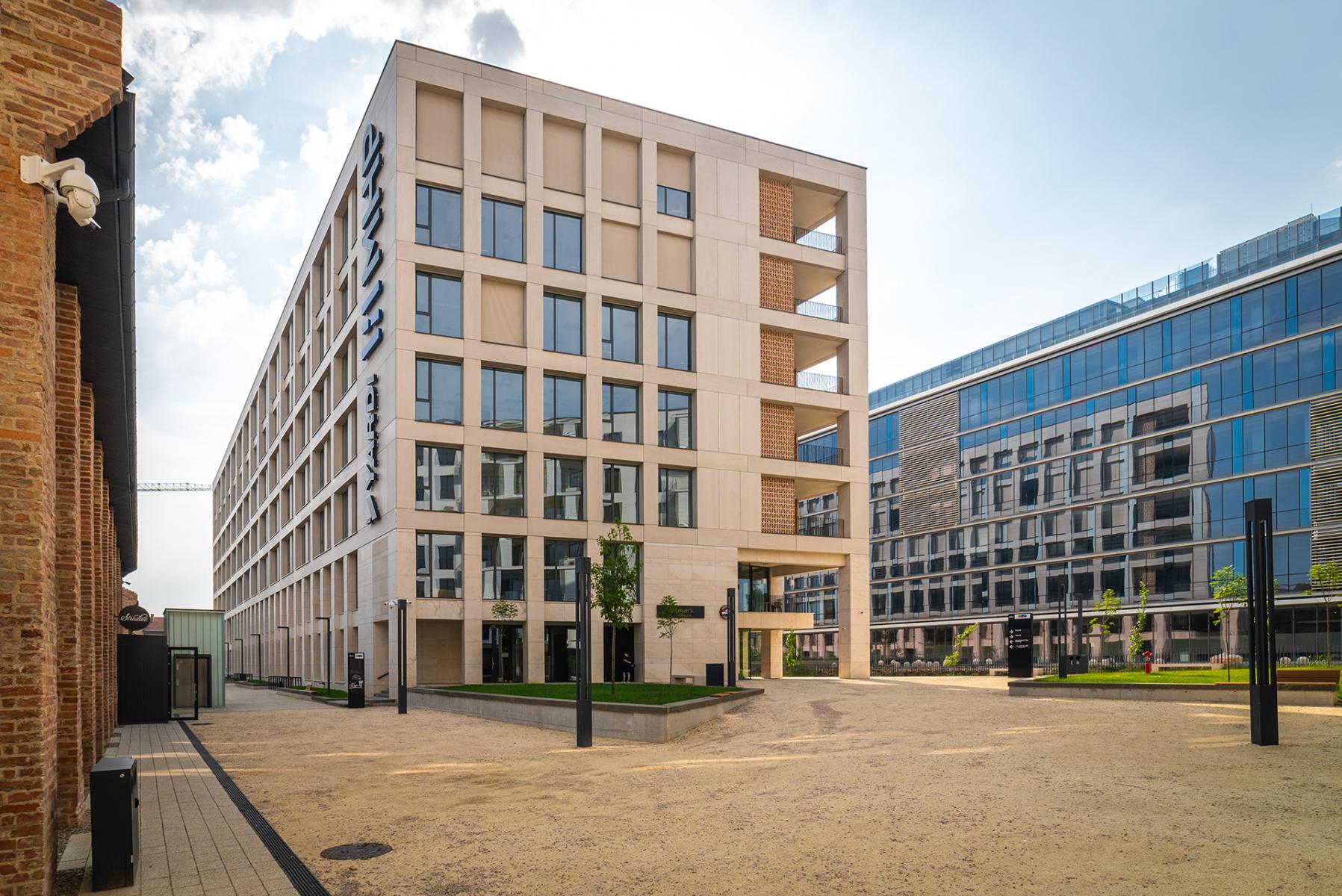The Czech industrial real estate market in the second quarter of 2021
A lack of materials and an increase in the price of construction work is troubling the industrial real estate market in the Czech Republic. Industrial space in desirable locations is in short supply. Occupancy rates in Prague and the close surroundings are rising and vacancy rates have almost reached zero. Tenants are well aware of the situation and it has become more common for them to extend their lease contracts for longer periods.
Vacancy rates in Prague are at an all time low
The total area of industrial space intended for lease was 9.33 million square metres in the first quarter of this year. A total of 71,748 sq m was built, an increase in construction on the first quarter of more than 24,000 sq m. Some 549,446 sq m were under construction at the end of June. Construction is mainly ongoing in the Moravian and Silesian region, the Central Bohemia region, and the South Moravian region. The vacancy rate at the end of the second quarter was only 2.72 %, including space at shell and core level, and fell by 1.35 % on the previous quarter. In total then, there were 254,105 sq m of vacant space, mainly in the Moravian and Silesian region and in the Pilsen region. The vacancy rate of industrial space in greater Prague reached a record low, at only 0.04 %.
Larger units of over 10,000 square metres are unavailable on the market in most locations. Space is most commonly built to measure to suit specific tenants, and even speculative construction is generally leased even before it has been completed. “Development companies are now beginning to build speculatively, but invariably for a a pre-agreed client. Speculation then entails constructing a larger building and waiting for other tenants. In light of the current situation on the market, it is becoming more and more common for even the remaining part of the building to be leased out after the announcement of construction and before any building work gets underway. This particularly stands in greater Prague and in Brno. The situation in locations around regional capitals has also changed, and developers there are now even willing to start building without knowing the tenant in advance. Never the less, even here there are generally several rounds of negotiations with potential interested parties. So we cannot talk entirely of speculation, rather of certainty,” says Jakub Holec, CEO of estate agency and consultancy firm 108 AGENCY. The largest free spaces under one roof currently under preparation are mainly found in the Moravian and Silesian region and in the Ústí nad Labem region in space developed by CONCENS, CTP, and P3.
Record demand in 2021
Gross implemented demand (including prolongation) reached 412,037 sq m, net demand 285,122 sq m. Gross implemented demand in the first half of 2021 was in excess of 1,214,768 sq m and has been above average over the long term. “We can see the development of the market in 2021 as a reaction to the pandemic. Whereas last year it was influenced to a certain extent by contracts from previous years, it is this year responding entirely to a new situation. Record demand indicates that tenants do not want to have to deal with relocation right now, but at the same time do not want to jeopardise possible expansion. The rise in prices of rent and a lack of alternatives are putting many tenants off embarking on a drawn-out decision-making process,” says Michal Bílý, analyst at 108 AGENCY.
Strong demand and the lack of building materials will lead to a further increase in the price of renting industrial space. Among those locations registering the highest demand and the lowest available space to rent are Prague, Brno, and their surroundings. It has long been a complicated matter to find new land for industrial development in those areas.
Companies are aware of this and are extending their lease contracts for longer periods. Market conditions are shaping the current trends, in that tenants are happier to extend their lease and remain on the same premises. This is influenced to a certain extent by the falling rate of unemployment, which is somewhere around 3.7 %. By extending their lease contracts, tenants are on the one hand securing their premises and, on the other, have no need to look for new employees, which they would have to do if they were to move.
One of the two biggest transactions in the second quarter was the prolongation and expansion arranged by logistics company FM ČESKÁ, s.r.o., at P3 park Lovosice, which altogether accounted for 60,000 sq m. The same company also extended its lease in P3 Prague D11, where it uses 20,259 sq m. The third biggest transaction was the new lease of space in the VGP Prostějov park, where an unnamed logistics company has leased 24,996 sq m.
Construction to order dominates the industrial market
As far as new construction of industrial halls is concerned, the majority of space is now occupied in advance. Speculative construction is rare, and even then very few units remain vacant after building work has been completed. Construction to order therefore predominates on the market as a result of the lack of land and the limited supply that comes with it.
“Companies should really sort out their premises as soon as possible and best of all work with a back-up plan, perhaps in the form of outsourcing logistics services or optimising operations by introducing automation, for example,” adds Robert Sgariboldi, Head of the Department of Industrial Leases at 108 AGENCY.
The price of rent is rising sharply in most regions
The price of rent is highest in Prague, at between 4.9 and 6.5 EUR per sq m, in the Central Bohemia Region, at between 4.8 and 5.5 EUR per sq m, and in the South Moravian region, where it ranges from 4.6 to 5.9 EUR per sq m. Another popular location is the Pilsen region, where rent ranges from 4.1 to 4.5 EUR per sq m. Development of the prices of rent was most dynamic in Prague and in the Central Bohemia Region in the past year. In Prague, in fact, rent rose by an average of more than 1 EUR per sq m. “Given the absence of projects under preparation within Prague, we do not expect the rise in rent in industrial projects to suddenly come to a halt. Following on from this rise, we also expect some tenants in the most established locations to leave and move to regions where the rent is lower,” concludes Matěj Indra, Senior Associate at 108 AGENCY.





 2021-08-10
2021-08-10
 2021-08-10
2021-08-10
 2021-08-10
2021-08-10